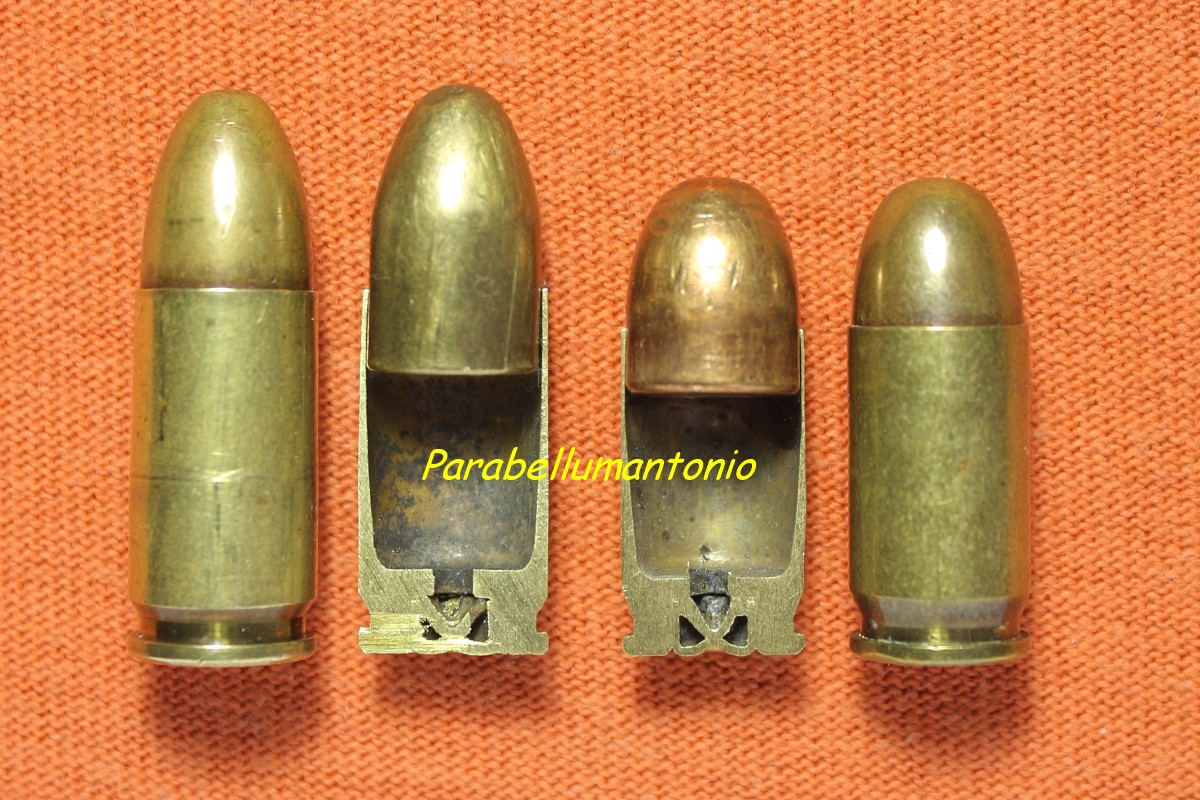

The 380 ACP is the smaller overall round and less case capacity than the standard 9mm. This means the projectile size may be the same, but the performance isn’t. Terminal performance is a mixture of projectile weight and design, as well as velocity, expansion, and penetration. Terminal effectiveness is a round’s ability to perform in the flesh and stop bad guys. Projectile size is not the deciding factor for a rounds terminal effectiveness. While the 9mm and 380 ACP share the same projectile size, they perform much differently. On average, concealed carry 9mm and 380s will often have similar or identical capacities when you judge them by size. So does the 380 ACP or the 9mm win this one? While it’s uncommon, you can find high capacity 380s, like the Beretta 83 Cheetah and CZ 83. The 380 and 9mm both use 9mm projectiles, so overall, they take up the same magazine size. This is due to the fact the rounds are similar in diameter.

When comparing firearms of a similar size, their capacities are almost identical. The difference is the capacity between the two calibers is minimal. For military or police duty, they consider 13 to 20 rounds normal, but for everyday carry, 5 to 8 rounds are normal, and even recommended for beginners. They don’t design concealed carry pistols to be offensive weapons or for an extended firefight. Judging the capacity of an everyday carry pistol compared to the capacity of a duty pistol is a mistake. Some people may not like a super small gun, but the fact remains a 380 ACP can be smaller than a 9mm. However, a pistol in 9mm will never be as small as a 380 ACP. So, which is better, the 380 ACP or the 9mm? Some 9mms can even be small enough to be classified as pocket pistols. However, 9mm handguns can still be quite small. They can propel a heavier projectile because they designed the round for service with police and military forces. The 9mm, on the other hand, is a 9 x 19mm round that is significantly more powerful. Take one look at the Ruger LCP or S&W Bodyguard and you’ll understand why they are so popular for concealed carry. The 380 can produce some small, convenient pocket pistols. This makes the handguns smaller and often lighter. While the case is only two mms shorter, the projectiles are often lighter and require less power to operate. This small round is considerably less powerful than the standard 9mm. The 380 ACP is a 9 x 17mm round, so they call it the 9mm short or the Kurz in Europe. A more powerful firearm needs to be stronger, which means it has to be bigger and heavier. This has to do with the actual physical size of the bullet, as well as how they must build the firearm. Caliber often dictates the overall size of the firearm. Since you have to hide those concealed carry guns, smaller is better in that case, as well. A smaller, lighter firearm is more comfortable to carry over longer periods. When it comes to concealed carry and everyday carry in general, the smaller the gun is, the generally the better. But the concealed carry popularity has brought the round back to the mainstream. The round saw a dip in popularity throughout the golden days of revolvers and magnum cartridges. They built the 380 ACP primarily for small self-defense handguns and this has remained the case over time. Their design made firearms affordable and easier for them to build by promoting a relatively small size. The purpose was to produce a round that people could use in those simpler blowback pistols. Legendary gun designer John Browning introduced the 380 ACP in 1908. And later the Brits, NATO, the United States and almost every other modern country adopted it. The round went on to serve in the German military. The 9mm round was originally chambered in the famous Luger pistol. But the Germans were the first to adopt the round with the Imperial German Navy. He sent the round to the British, Germans and Americans for testing as a service pistol round. George Luger designed the round in 1902 with warfare in mind. The 9mm is by far the older round of the two.


 0 kommentar(er)
0 kommentar(er)
